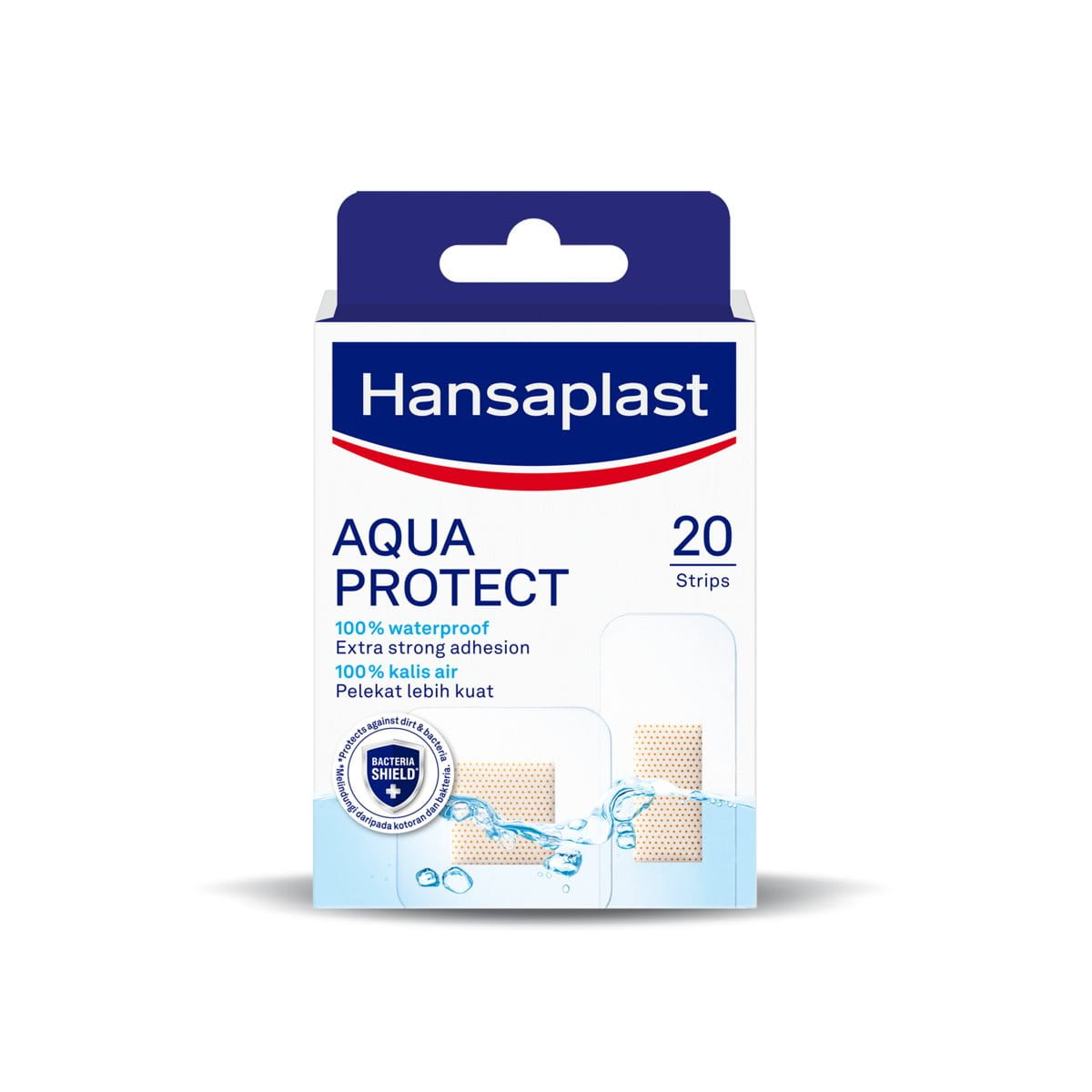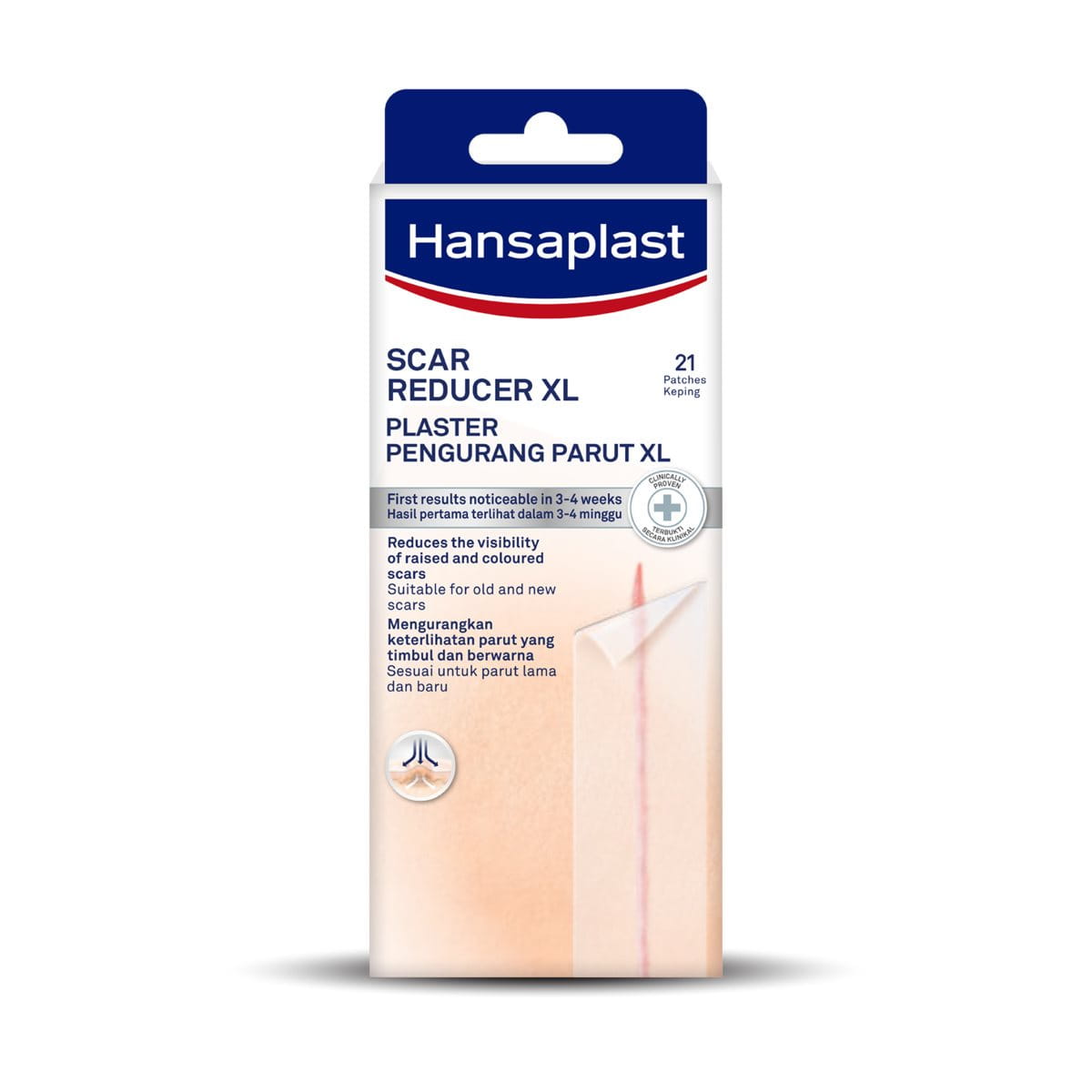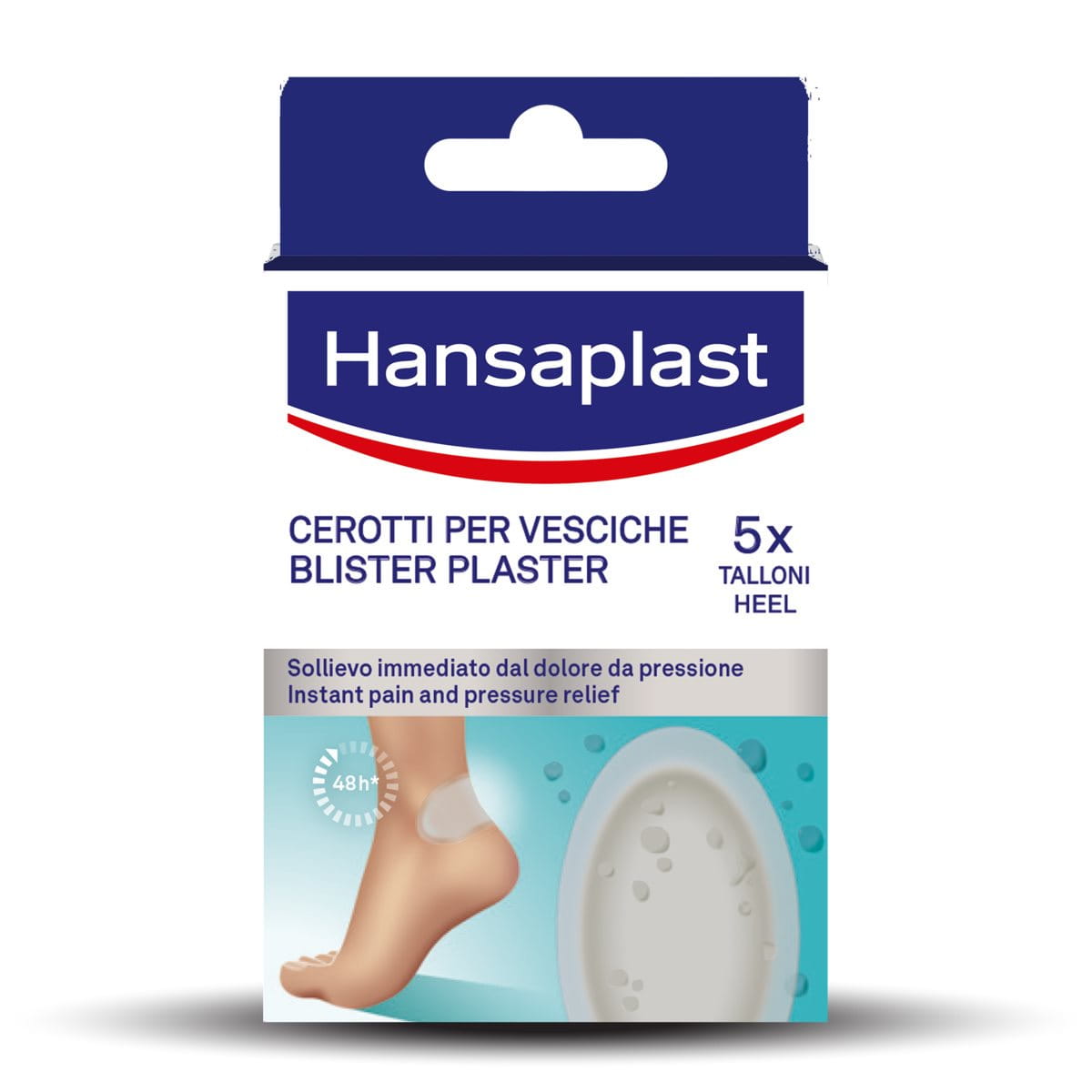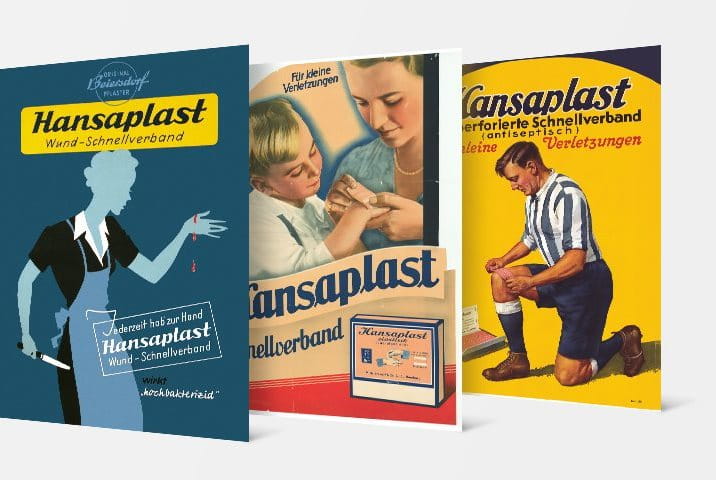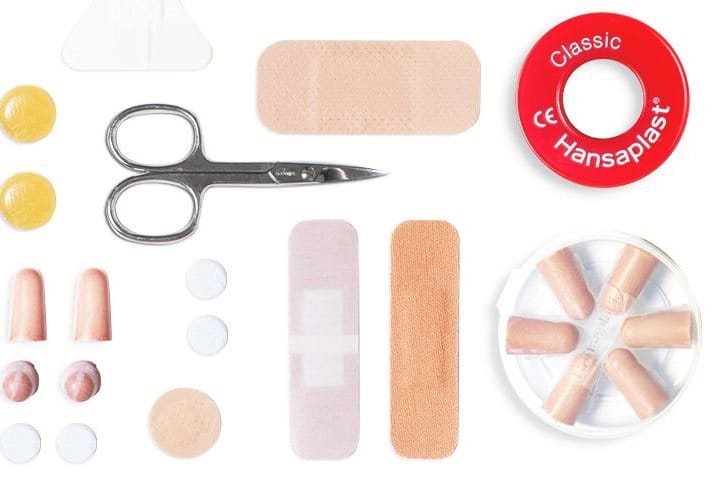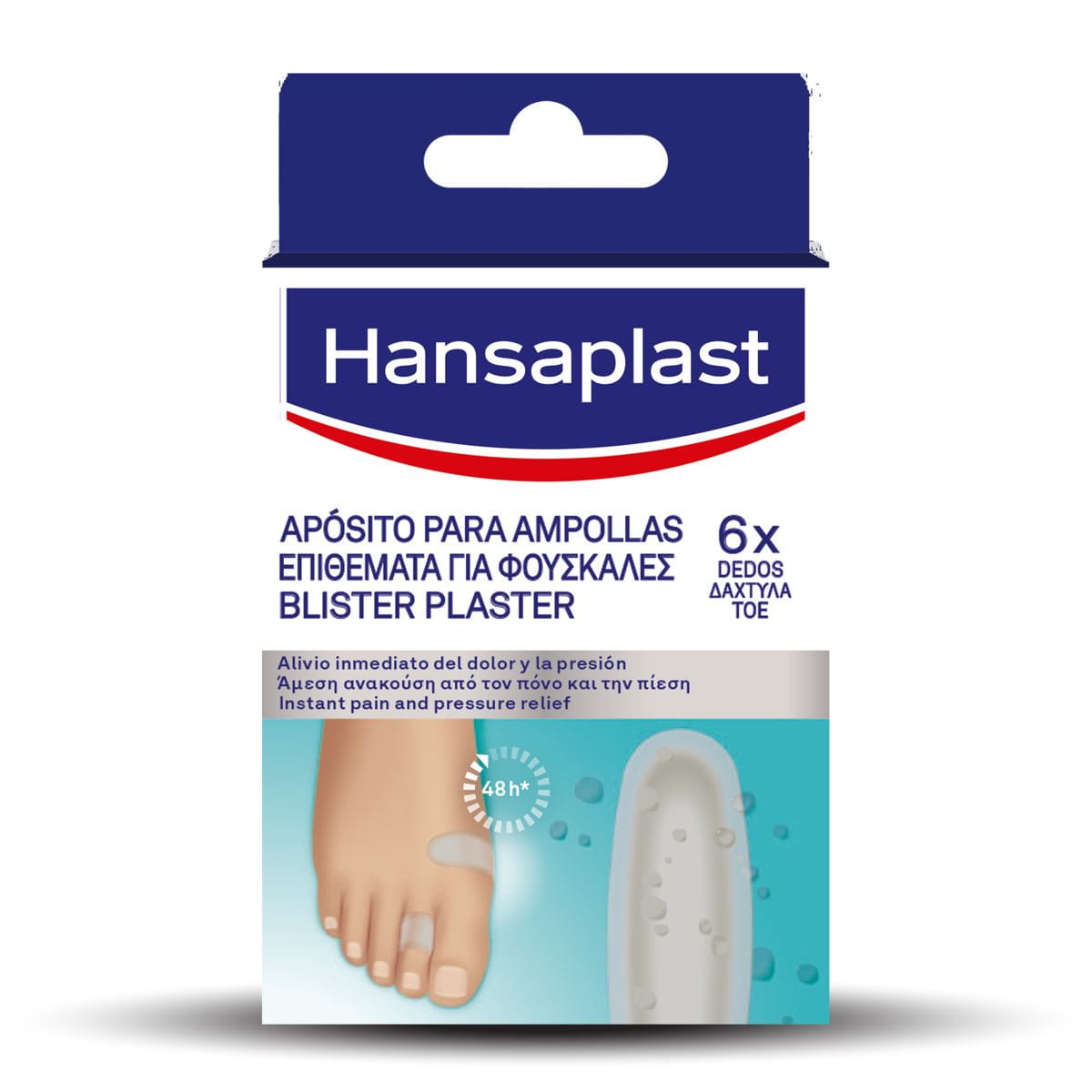FAQ
1. Why do blisters occur?
Most of the time, blisters will appear in areas where the skin is exposed to pressure and friction over a long period of time. This is often during sports or when wearing new shoes. Pressure and friction tend to cause the upper layer of the skin (the epidermis) to move back and forth over the underlying layer. A void appears between the two skin layers and fluid seeps into it. The resulting bubble of fluid is the blister.
2. What is the best way to treat blisters?
If the blister has already formed, the area should be protected from further pressure and contamination. Hansaplast Blister Plasters work using Hydrocolloid Technology. As the blister fluid is absorbed and an optimal moist wound healing environment is created, the wound can heal faster. At the same time, the blister plaster safely seals and protects the area against dirt and bacteria. In addition, Hansaplast plasters for blisters give instant pain relief and protect from any further pressure.
3. Should I pop the blister? What should I do if it does pop accidentally?
Blisters shouldn’t be intentionally popped. They serve a purpose and are there to protect against additional infection. If your blister is already ruptured, the remaining skin layer should not be removed. In that case it is important to protect the wound from external influences and contamination. The affected area should be cleaned and dried carefully before putting on a blister plaster, and if the blister is already deroofed we recommend giving the area an extra disinfection. Hansaplast Blister Plasters with Hydrocolloid Technology instantly relieve pain from pressure and reduce friction. They create an optimal moist wound healing environment which allows the wound to heal faster. The healing process is aided even further because the blister is safely sealed and protected from dirt and bacteria.
4. Can I use a healing cream underneath the Hansaplast Blister Plaster?
We don’t recommend using any products at all underneath the blister plaster. There’s a chance they may reduce the effectiveness and adhesive power of the plaster.
5. How do I know when it’s time to change the blister plaster?
In order not to disturb the healing process, and as long as there are no signs of infection, the plaster should be left in place for several days. It should only be changed when it peels off by itself. Hansaplast Blister Plaster with Hydrocolloid Technology creates an optimal moist wound healing environment that allows the wound to heal faster.
